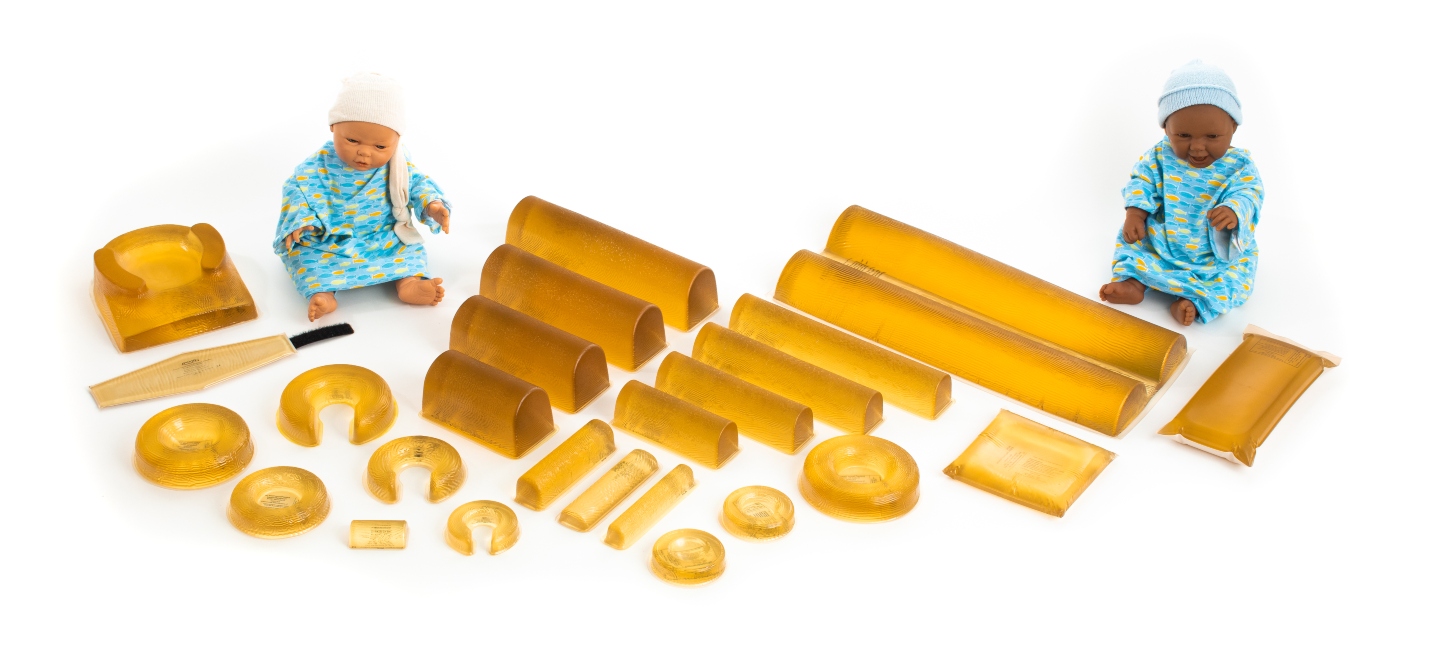.
Typically, when we think of skin injury prevention in the acute care setting, we think of that immobile, post trauma, geriatric or surgical patient. There is a plethora of literature and research around the subject yet each year, more than 2.5 million people in the United States develop pressure injuries. That 2.5 million people represent many different populations from geriatric to neonate. Risk identification and the implementation of pressure injury prevention interventions are well known in the adult population but what about the neonate? When it comes to pressure injuries, we rarely think of the neonatal population.
The neonatal population is defined as an infant age 1 month or younger. This population comes with predisposed intrinsic factors which increase the risk for pressure injury. These intrinsic factors include: immature skin, inadequate perfusion, reduced mobility, neuromuscular changes, fluid imbalance, dehydration, and inadequate nutrition. Approximately 9% of all births require neonatal intensive care (NICU). Unfortunately, the risk for skin injury is even higher when admitted to the NICU due to the extrinsic factors the environment presents. Some of the environmental extrinsic factors are related to mechanical pressure injuries and over 50% of pressure ulcers are related to pressure from equipment and devices. Some equipment that is associated with mechanical pressure injuries in the NICU are blood pressure cuffs and transcutaneous oxygen tension (tcPO2) probes, tracheostomy plates, nasal prongs, CPAP and BiPAP masks, and arm boards. As you can see there are many.
The good news is there has been more of a focus on neonatal skin injury prevention in recent years. Many acute care hospitals are using neonatal skin injury risk assessment scales but predicting injuries remains complex and multifactorial. Once the neonate is identified as high risk, interventions can be put into place to mitigate that risk.
Often pressure injury is attributed to the surface that the patient is lying on. Because neonates are not small adults they should not be placed on adult supportive surfaces but on products specifically designed for their specialized loading needs.
Decreasing these horrific life altering injuries in the smallest of human population comes through more research. Research is translated into evidence-based interventions and evidence-based interventions will decrease the incidence and prevalence of neonatal skin injuries.

